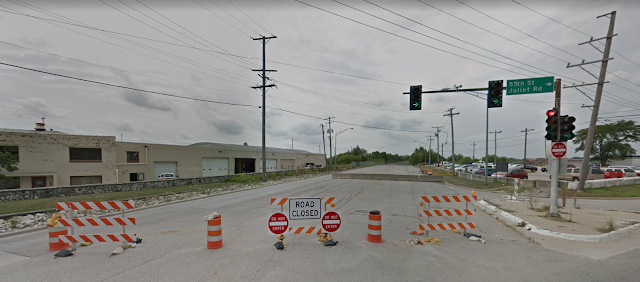5 Abandoned Railroads (In Places You'd Never Expect)

During the 19th Century, the railroad industry spread all across the world from its beginnings in the United Kingdom. The United States, Canada and Mexico all owe the industry greatly for developing their interior. Indeed, the American West would look a lot different today were it not for the railroad industry. While large, intercontinental railroad lines make perfect sense, and are the backdrop for American lore, railroad have also been built all across the world, including many remote and obscure places. Here are some examples of railroads that have been built in extremely remote destinations. You can type in the GPS Coordinates into our Abandoned & Out-of-Service Railroad Lines Map and see these lines in greater detail for yourself! 1) " The Qoornoq X-press" - Qoornoq, Greenland (64.52932, -51.08905) With a population of about 56,000 people spread across a mostly frozen tundra, one wouldn't expect Greenland to have much, if any, railroads. That, f...



